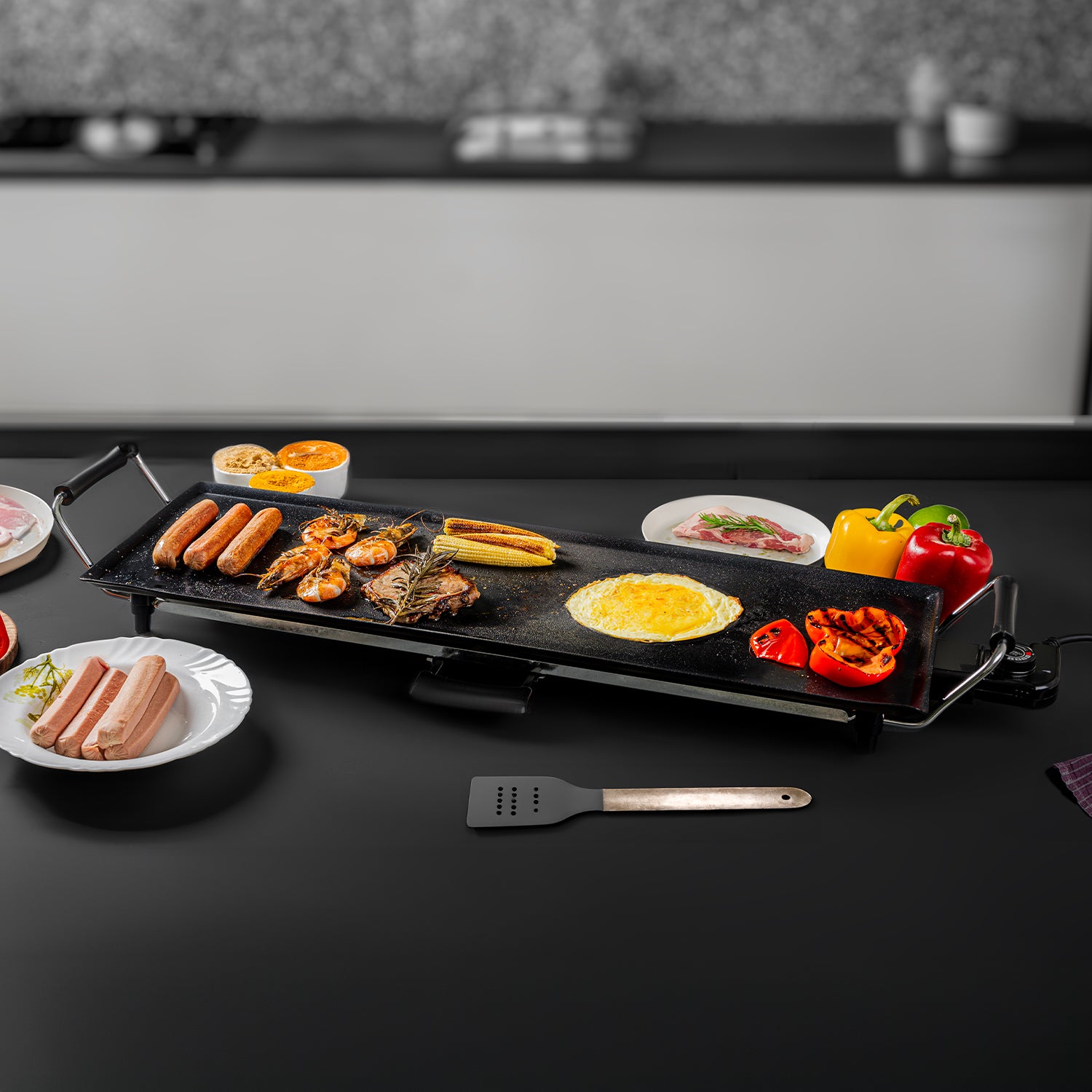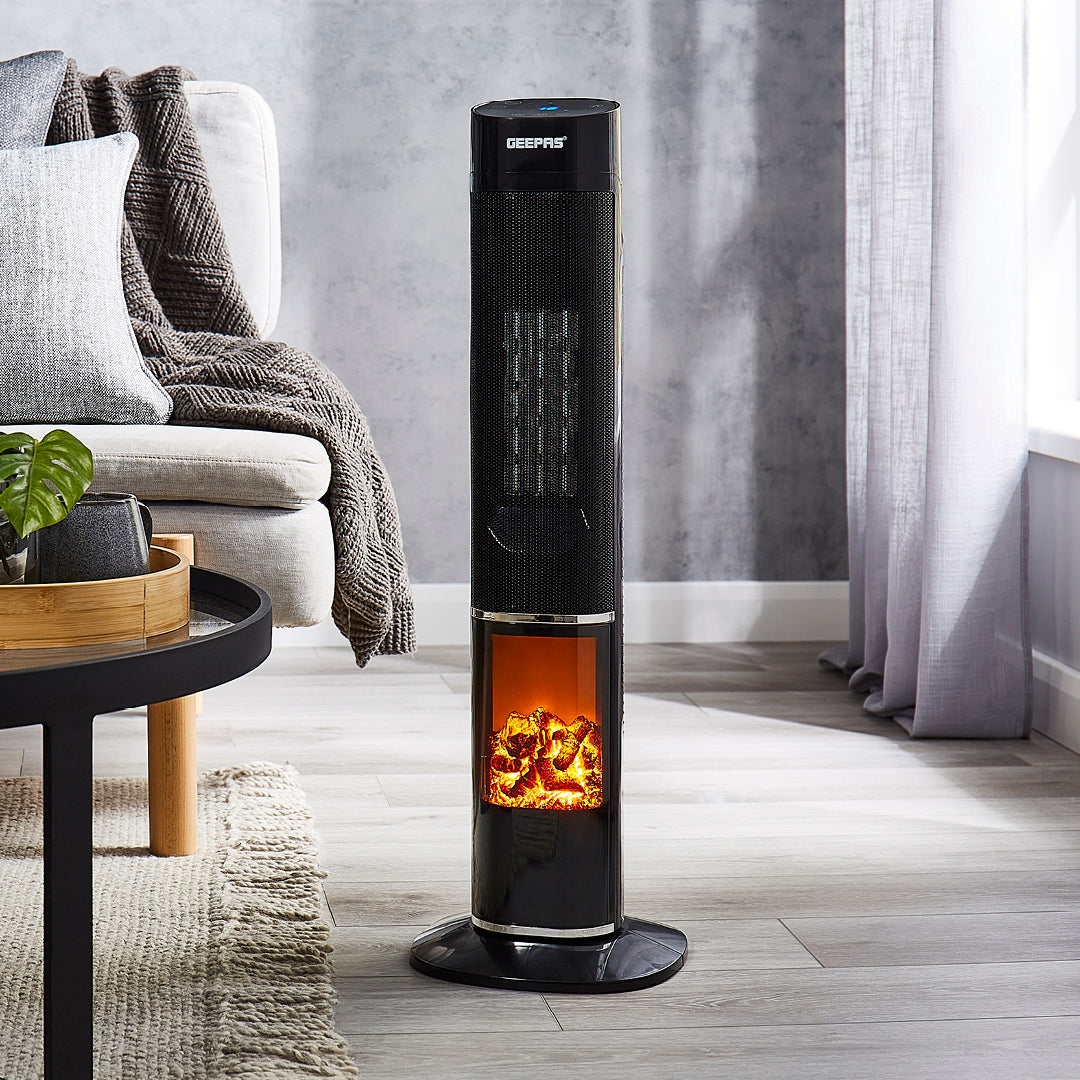Teppanyaki grills have become a popular addition to both home kitchens and outdoor cooking setups, offering a unique way to prepare delicious meals with a touch of flair. Originally from Japan, teppanyaki cooking has evolved into a versatile and social dining experience, perfect for family gatherings, dinner parties, and everyday meals. This comprehensive guide will walk you through everything you need to know about teppanyaki grills, from their origins and benefits to how to use, clean, and choose the right one for your needs.
What Is A Teppanyaki Grill?
A teppanyaki grill is a flat, iron griddle used to cook in the Japanese style known as 'Teppanyaki'. The word is derived from 'teppan', meaning iron plate, and 'yaki' which means grilled or pan-fried. Unlike traditional grills, which often have raised grates, teppanyaki grills provide a smooth, flat cooking surface that allows you to cook a wide variety of foods simultaneously.
Teppanyaki grills are versatile, allowing you to cook everything from vegetables and seafood to meat and even breakfast foods like pancakes and eggs. They are typically used for cooking in front of guests, adding an interactive and entertaining element to the dining experience.
The History Of Teppanyaki Cooking
Teppanyaki cooking originated in Japan in the mid-20th century, gaining popularity as a form of western-style cooking where chefs would prepare food on an iron griddle in front of diners. This style of cooking became particularly popular in post-World War II Japan, where it was introduced in restaurants to cater to tourists and locals alike.
The art of teppanyaki cooking is not just about grilling; it also involves a performance aspect, where skilled chefs showcase their culinary techniques and knife skills, often with a dramatic flair. Over time, teppanyaki cooking spread globally, especially in countries like the United States, where it became synonymous with Japanese steakhouses.
Geepas XL Electric Teppanyaki Grill:
Why Choose A Teppanyaki Grill?
There are several reasons why teppanyaki grills have gained popularity in recent years. Here are some key benefits:
1. Versatility In Cooking
Teppanyaki grills offer a flat, spacious surface that allows you to cook a variety of foods simultaneously. Whether you're searing steaks, grilling vegetables, or preparing seafood, a teppanyaki grill can handle it all.
2. Social Cooking Experience
One of the most appealing aspects of teppanyaki cooking is the social experience it creates. The grill is typically placed in the center of the dining area, allowing everyone to gather around and watch the cooking process. It's perfect for family meals and entertaining guests.
3. Healthy Cooking
Teppanyaki grills use minimal oil, making them a healthier option for preparing meals. The flat surface also allows excess fat to drain away from the food, resulting in lighter, healthier dishes.
4. Ease Of Use
Teppanyaki grills are user-friendly, even for those who are new to cooking. With adjustable temperature controls and a flat surface that cooks evenly, you can achieve perfect results with minimal effort.
5. Quick and Even Cooking
The flat griddle surface ensures even heat distribution, so your food cooks quickly and uniformly. This is especially useful when cooking for larger groups, as it reduces cooking time and ensures that everyone is served at the same time.
Types Of Teppanyaki Grills
There are several types of teppanyaki grills available, each with its unique features and benefits. Here's a breakdown of the most common types:
Shop the Geepas range of Teppanyaki grills
1. Electric Teppanyaki Grills
Electric teppanyaki grills are the most popular choice for home use. They are easy to operate, with adjustable temperature controls that allow you to cook at the perfect heat. These grills are typically portable and can be used both indoor and outdoors.
2. Gas Teppanyaki Grills
Gas teppanyaki grills are often used in professional settings, such as restaurants. They provide more powerful heat and precise
temperature control, making them ideal for cooking large quantities of food quickly. However, they require a gas connection, which may limit their portability.
3. Built-In Teppanyaki Grills
Built-in Teppanyaki grills are installed directly into your kitchen countertop, providing a permanent and stylish cooking solution. These grills are usually larger and more powerful, making them perfect for serious home chefs or those who frequently entertain.
4. Portable Teppanyaki Grills
For those who enjoy cooking on the go, portable Teppanyaki grills are an excellent choice. These compact grills are lightweight and easy to transport, making them ideal for camping trips, picnics, or outdoor gatherings.
How to Use a Teppanyaki Grill
Using a Teppanyaki grill is straightforward, but there are a few tips and tricks to help you get the best results. Here’s a step-by-step guide:
1. Preheat the Grill
Before you start cooking, preheat your Teppanyaki grill to the desired temperature. Most grills come with adjustable temperature controls, allowing you to set the heat according to the type of food you’re cooking. For searing meats, a higher temperature is ideal, while lower temperatures work best for vegetables and delicate foods.
2. Prepare Your Ingredients
Chop and season your ingredients before placing them on the grill. Teppanyaki cooking is all about timing, so having everything prepped in advance ensures that you can cook efficiently and serve everything hot.
3. Cook in Stages
Teppanyaki grills are spacious, allowing you to cook multiple ingredients at once. Start by cooking ingredients that take longer, such as meats, and then add quicker-cooking items like vegetables. This ensures that everything finishes cooking at the same time.
4. Use Minimal Oil
One of the benefits of Teppanyaki cooking is that it requires very little oil. Use a small amount of oil to lightly grease the grill before adding your ingredients. The flat surface of the grill ensures even cooking without the need for excessive oil.
5. Entertain and Engage
If you’re cooking for guests, don’t forget the entertainment aspect of Teppanyaki cooking. Engage with your guests as you cook, showcasing your skills and making the meal a fun, interactive experience.
6. Serve Hot
Teppanyaki dishes are best served immediately while they’re still hot and fresh. Use a spatula to transfer the food from the grill to serving plates and enjoy your meal!
Teppanyaki Grill Recipes
Here are some classic Teppanyaki recipes to try at home:
1. Teppanyaki Steak
-
Ingredients:
- 2 ribeye steaks
- Salt and pepper to taste
- 2 tbsp soy sauce
- 1 tbsp butter
- 1 garlic clove, minced
-
Instructions:
- Preheat the grill to high heat.
- Season the steaks with salt and pepper.
- Place the steaks on the grill and sear for 2-3 minutes on each side.
- Add the butter and garlic to the grill, and drizzle the soy sauce over the steaks.
- Cook to your desired doneness and serve hot.
2. Teppanyaki Vegetables
-
Ingredients:
- 1 zucchini, sliced
- 1 bell pepper, sliced
- 1 onion, sliced
- 1 carrot, julienned
- 2 tbsp olive oil
- Soy sauce and sesame seeds for garnish
-
Instructions:
- Preheat the grill to medium-high heat.
- Toss the vegetables in olive oil and place them on the grill.
- Cook, turning occasionally, until the vegetables are tender and slightly charred.
- Drizzle with soy sauce and garnish with sesame seeds before serving.
3. Teppanyaki Shrimp
-
Ingredients:
- 500g large shrimp, peeled and deveined
- 2 tbsp soy sauce
- 1 tbsp lemon juice
- 1 tbsp butter
- 1 garlic clove, minced
-
Instructions:
- Preheat the grill to medium heat.
- In a bowl, toss the shrimp with soy sauce and lemon juice.
- Place the butter and garlic on the grill, then add the shrimp.
- Cook the shrimp for 2-3 minutes on each side until they turn pink.
- Serve hot with a side of grilled vegetables.




